
According to Andrea Lerdo, a director at the art-supporting organization, Palm Foundation, Web3 enables creators and artists to not only exercise control over their content but to connect with their respective audiences in a way not possible on traditional platforms. For artists who have already carved out a niche in the Web2 space, “Web3 offers something Web2 can’t – true ownership.”
Barriers Blocking Creators From Entering Web3
Lerdo, however, acknowledged that many small creators seeking to unshackle themselves from the “constraints of algorithms and opaque platform policies” by venturing into Web3 might encounter significant challenges. For instance, artists attempting to dabble with non-fungible tokens (NFTs) may be overwhelmed by the tech’s complexity or the initial costs.
To help make artists’ transition to Web3 less daunting, the Palm Foundation director urged players in this space to “provide accessible platforms, lower entry costs, and a supportive network.” She said doing this not only ensures artists’ success but also levels the playing field.
In her written answers sent to Bitcoin.com News via Telegram, Andrea Lerdo touted decentralized autonomous organizations (DAO) as one way artists can “incredibly” empower their respective communities. She argued that when these are properly set up, DAOs can help nurture “a community where everyone feels valued and heard.”
Below are the Palm Foundation director’s answers to the questions sent.
Bitcoin.com News (BCN): What makes you believe that creators and artists who already have a fan base on Web2 social platforms and are making good money want to tap into Web3 to support their art?
Andrea Lerdo (AL): Web2’s fanbase is controlled by centralized platforms like Meta or Tiktok, and mostly dependent on advertisement and algorithms to position their brand. Any change in the algorithm can significantly affect even the most popular Web2 influencers.
For creators who’ve already carved a niche in the Web2 space, moving to Web3 isn’t just about continuing what they’re doing; it’s about revolutionizing it. Web3 offers something Web2 can’t – true ownership. Having control over your content and connecting with your audience on a level that’s just not possible on traditional platforms. We’re talking about direct revenue, personalized digital assets like NFTs, and, most importantly, breaking free from the constraints of algorithms and opaque platform policies. It’s a game-changer for creators who want more from their digital presence.
BCN: Whether it’s sports franchises like Major League Baseball, NASCAR and WWE, or entertainment companies Netflix and Warner Brothers, a lot of big brands have been playing around with NFTs. The smaller artists don’t have the resources of big brands. What are the biggest challenges that small creators face when exploring NFTs and how to address them?
AL: Absolutely, the disparity in resources between small creators and big brands is stark. For these artists, stepping into the NFT and blockchain world can be overwhelming – the tech can be complex, the initial costs daunting, and the market, oh, it’s crowded. But here’s the thing: education and community support can make a difference. If we can provide accessible platforms, lower entry costs, and a supportive network, these artists can not only enter the space but truly thrive in it. It’s about levelling the playing field.
BCN: Can you tell us how your platform helps creative communities in Web3 to explore new possibilities in the digital art landscape?
AL: Palm Foundation is committed to democratizing art and technology, fostering creativity, and supporting artists. aims to empower and elevate historically marginalized creative communities in web3 by endowing critical education, providing opportunity, and amplifying the work of diverse creators on the Palm Network. On the education side, we have the Palm Academy which is a unique e-learning platform focused on Web3 education.
Unlike traditional digital academies, Palm Academy offers courses on topics like AI, art, business, and activism, catering to both beginners and professionals. Beyond just learning, students earn “Proofs” — non-transferable tokens that represent their achievements and contributions. Through initiatives such as ‘Calls for Art,’ whether internally or with partnerships, and grants for the best final projects of the courses at the academy, Palm Foundation seeks to create opportunities for artists to thrive and succeed in the digital age.
And now, The Foundation is launching the Palm Collective Tool that will enable creators to self-organize: leveraging a purpose-designed, open-source, on-chain governance as-a-service tool. Our vision is to empower individuals & communities to make decisions collectively, to manage their resources; to use their voice, to create positive change, and to practice self-determination.
BCN: Currently, creators with great Web3-native ideas have to develop custom products by themselves or pay a Web3 firm to do that. What do you think needs to be done to reduce barriers to entry and do you believe that the Web3 ecosystem is moving towards no-code?
AL: The current need for custom development in Web3 can be daunting for creators. However, the future lies in democratizing this space, which is where no-code platforms become pivotal. These platforms will enable creators to implement their Web3 concepts without extensive technical know-how, fostering a more diverse and innovative community. The transition towards user-friendly, no-code solutions is crucial for a more accessible and vibrant Web3 ecosystem.
And that’s exactly what we want to provide with the Palm Collective Tool.
The Palm Network initially had a PoA (Proof-of-Authority) mechanism that offered faster and cheaper transactions, but you’ve been migrating to zkEVM. Why?
The Palm Network initially used a Proof-of-Authority (PoA) mechanism to facilitate faster and cheaper transactions. This approach was effective for its initial goals, but the network has been migrating towards becoming a Polygon ZK Supernet, a process that involves a two-step migration.
The first step in this migration happened in August 2023, involving transitioning from the PoA mechanism to a Proof-of-Stake (PoS) chain. This change aims to enhance the network’s security and decentralization while maintaining efficiency.
The second step, planned for 2024, will transition the network into a ZK Supernet. This move is particularly significant as it will greatly scale the network’s capacity. The use of zero-knowledge proofs (zkEVM) in the ZK Supernet is a key factor in this transition. ZkEVMs are known for their ability to enhance scalability and privacy while maintaining Ethereum compatibility. This makes them highly efficient for processing complex operations, such as those involved in minting, trading, and collecting NFTs.
By becoming part of the Polygon Supernets ecosystem, the Palm Network aims to make NFT-related activities more accessible, benefiting from Polygon’s high speed, security, and scalability features. The move to zkEVM is thus a strategic step to align with the growing demands in the realms of creators, sports, and entertainment, ensuring that the network remains competitive and capable of handling increased transaction volumes and complex operations with improved efficiency and security.
BCN: When one talks of communities in Web3, decentralized autonomous organizations (DAO) tend to become a part of the conversation. Does it make sense for individual artists and creators to form a DAO or sub-DAO to help govern their communities?
AL: When we discuss communities in the Web3 space, DAOs (Decentralized Autonomous Organizations) often come up, and rightly so. The idea of DAOs resonates deeply with the ethos of Web3 – decentralization, collective governance, and shared ownership. Now, for individual artists and creators, the concept of forming a DAO or a sub-DAO to manage their communities can be incredibly empowering.
Think of it this way: artists traditionally have had a one-way relationship with their audience. But in a DAO, this dynamic shifts. It becomes a collaborative, interactive community where members, not just the artist, have a say in key decisions. This could be about the direction of the artist’s work, merchandising, exclusive content releases, or even community-driven projects.
For creators, this model doesn’t just build a community; it creates a sense of belonging and investment among the members. However, it’s important to note that DAOs require a level of commitment and understanding of how decentralized governance works. It’s not just about setting it up; it’s about nurturing a community where everyone feels valued and heard.
So, does it make sense for individual artists to form a DAO? Absolutely, if they’re ready to embrace a more inclusive, democratic approach to community engagement. It’s a step towards redefining the creator-audience relationship, making it more dynamic, interactive, and mutually beneficial.
What are your thoughts about this interview? Let us know what you think in the comments section below.

You can get bonuses upto $100 FREE BONUS when you:
💰 Install these recommended apps:
💲 SocialGood - 100% Crypto Back on Everyday Shopping
💲 xPortal - The DeFi For The Next Billion
💲 CryptoTab Browser - Lightweight, fast, and ready to mine!
💰 Register on these recommended exchanges:
🟡 Binance🟡 Bitfinex🟡 Bitmart🟡 Bittrex🟡 Bitget
🟡 CoinEx🟡 Crypto.com🟡 Gate.io🟡 Huobi🟡 Kucoin.

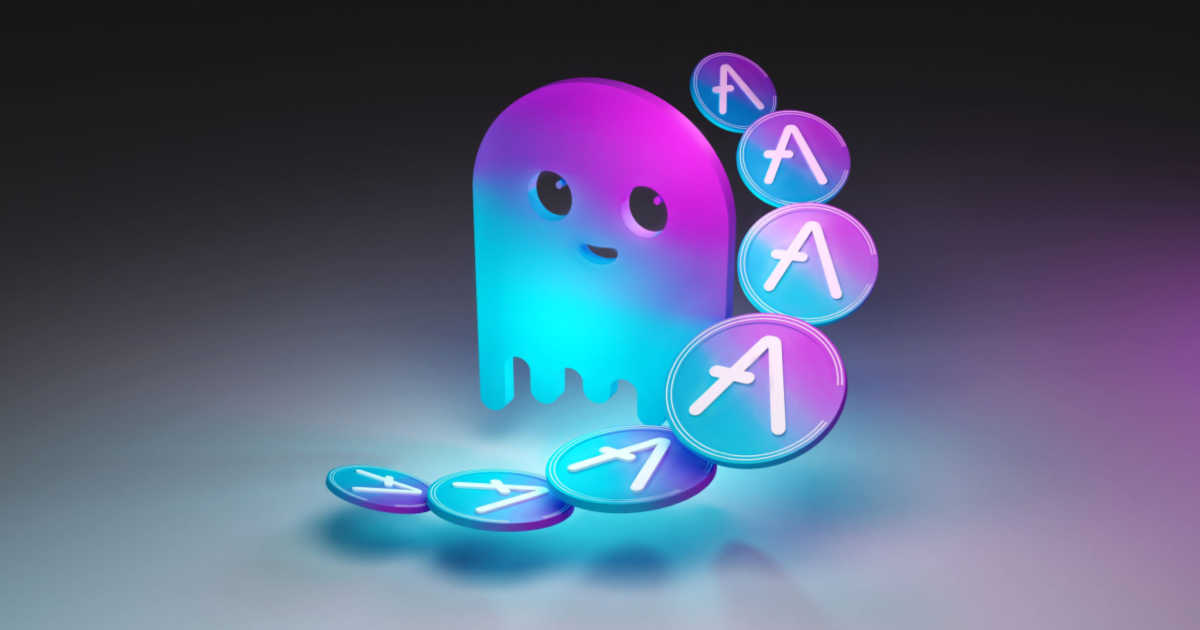

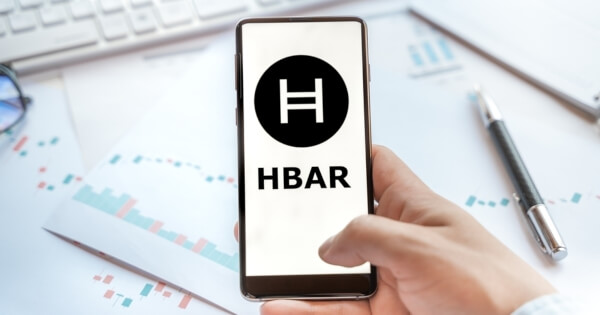
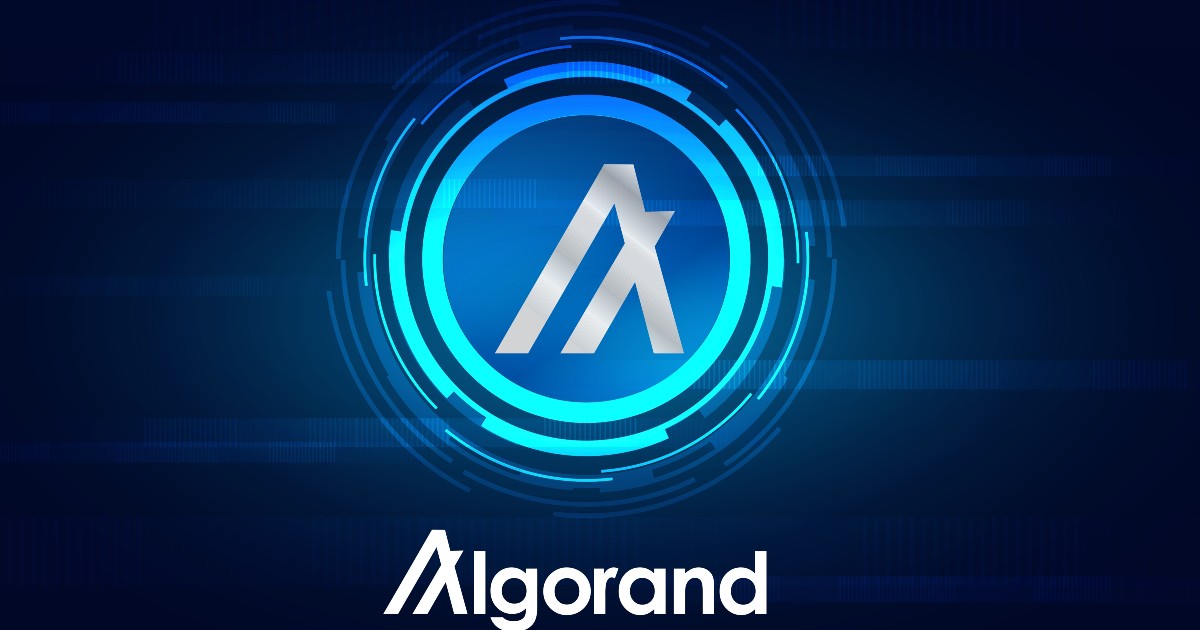
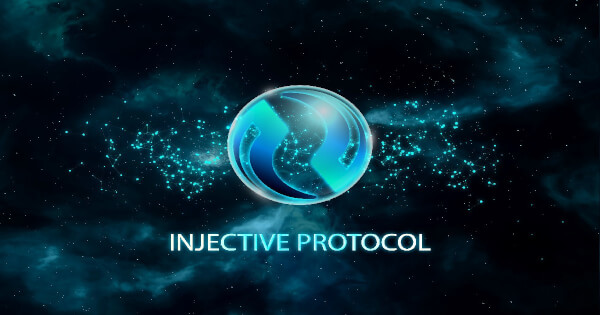
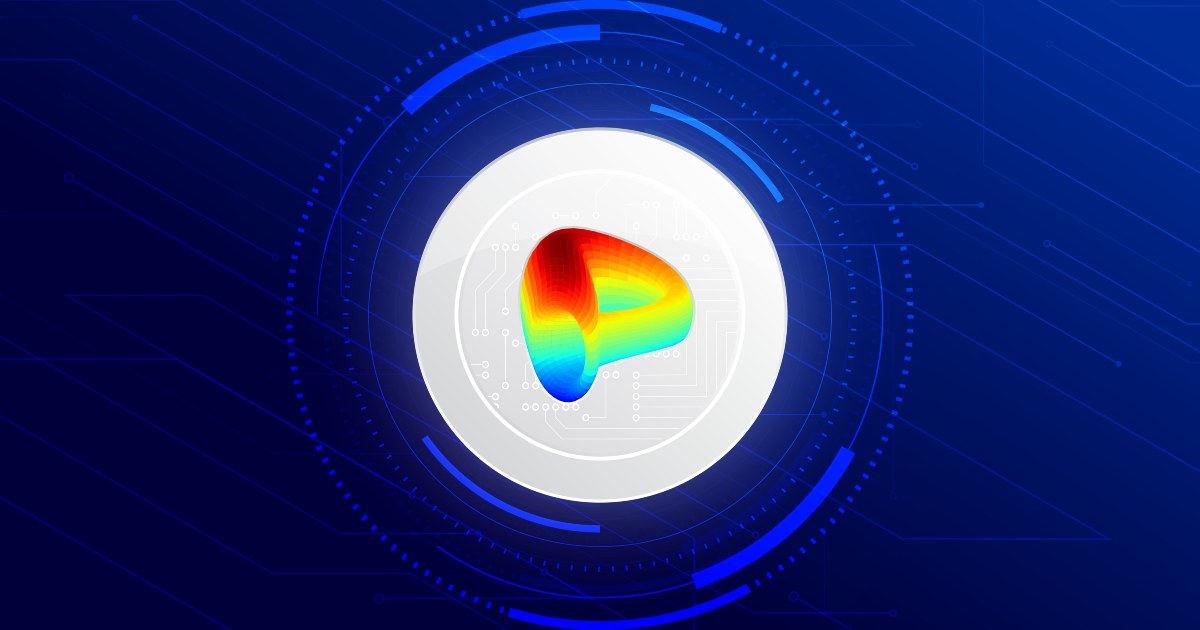
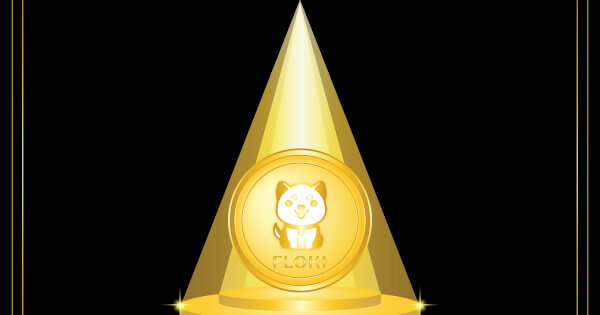


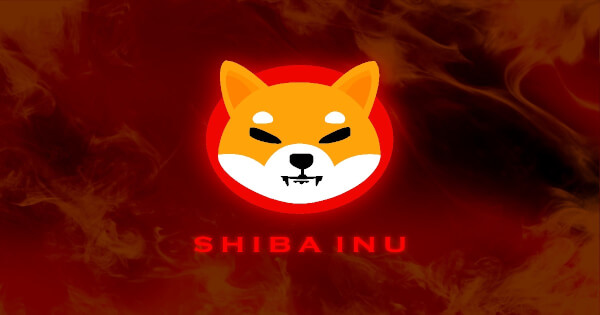
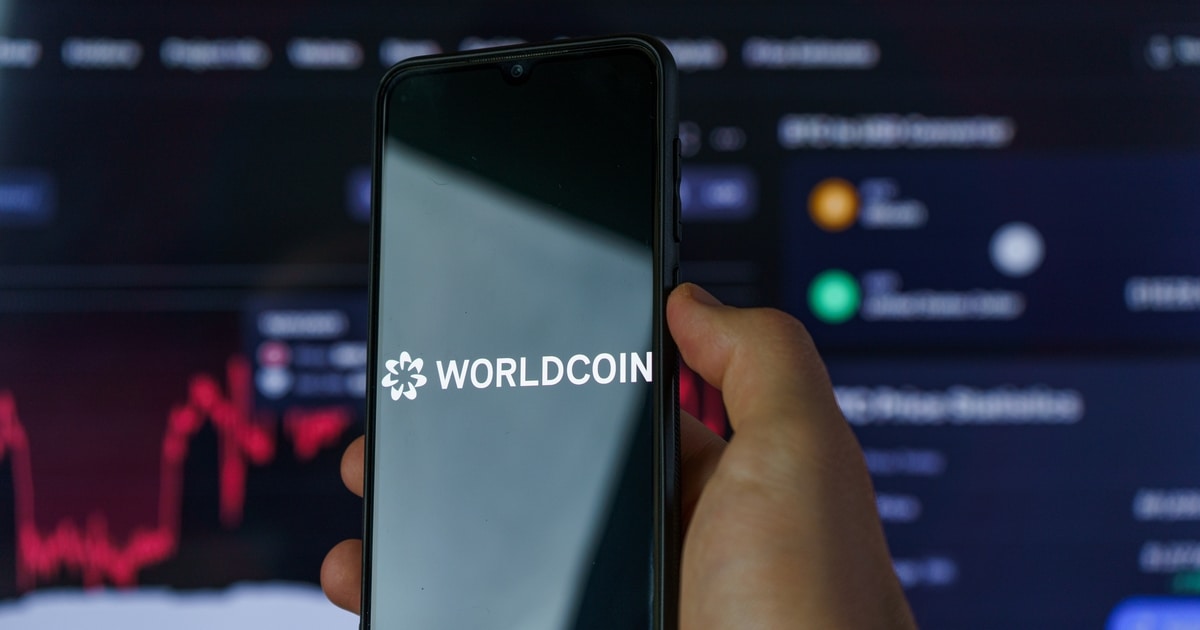

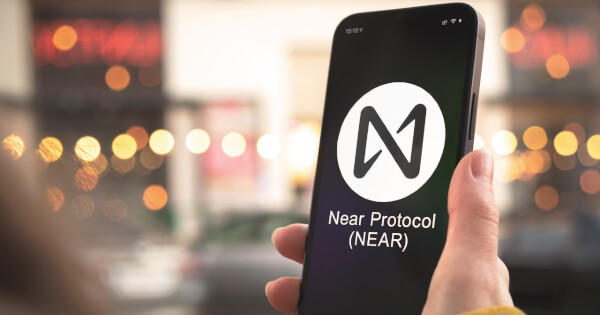
Comments